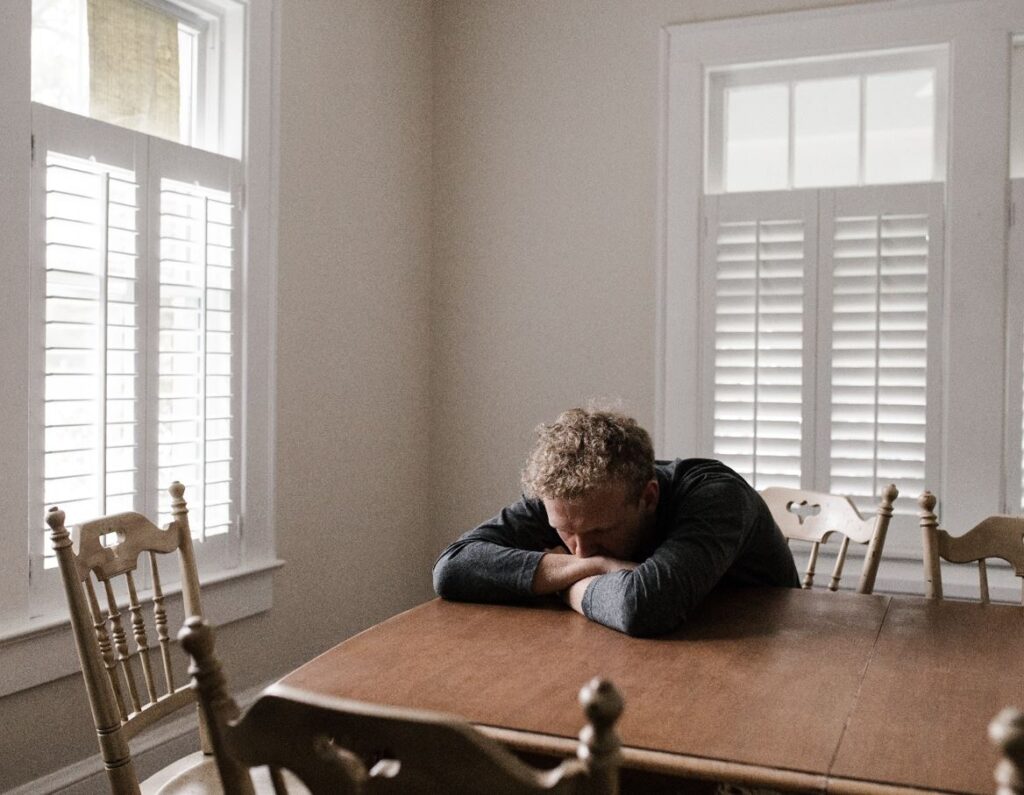A lot of people can feel somewhat lazy, sad, and fatigued during the sunless winter days and long cold nights. Some will oversleep, overeat, and gain weight sitting inside their homes during the months of winter. Did you know that summer months can bring along waves of sadness as well?
What is Seasonal Affective Disorder? (SAD)
A lot of people claim feeling depressed during winters. The feeling has been often linked with the deficiency of Vitamin D or the ‘sunshine vitamin’ during winters when the body doesn’t get much sun exposure.
However, although less common, summertime sadness is also very real and is experienced by people who may be suffering from Seasonal Affective Disorder or SAD.
What are the symptoms of SAD? Do you have it?
While wintertime sadness causes oversleeping and fatigue, summertime blues often result in the inability to sleep, alongside the feelings of agitation, restlessness, and even anger at times.
SAD can occur in both the months of winters and/or summers. This phase of depression occasionally lasts for a couple of weeks or months. After which time, most sufferers beat the blues on their own and their mood typically lifts, staying like that for the remainder of the year.
To be diagnosed with Seasonal Affective Disorder the depression must reoccur for at least two consecutive seasonal changes.
What causes SAD?
Mental illnesses such as depression and anxiety have been scientifically linked with genetics, as well as an individual’s childhood experiences.
Whether the depression strikes you seasonally or you feel down at any time during the year, genetics can be a major risk factor.
Apart from family history, you may develop SAD due to:
- Being a female – women are four times more likely to suffer from SAD than men
- Your location – living closer to the equator can increase the risk
If summertime blues are being unbearably harsh on you, ensure you are getting proper sleep and don’t hesitate to contact your psychotherapist when needed.
